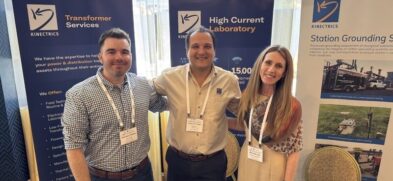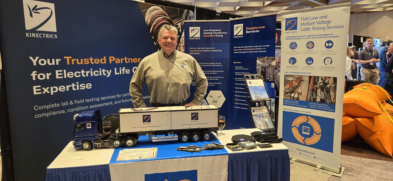Transformer Failure Analysis Overview
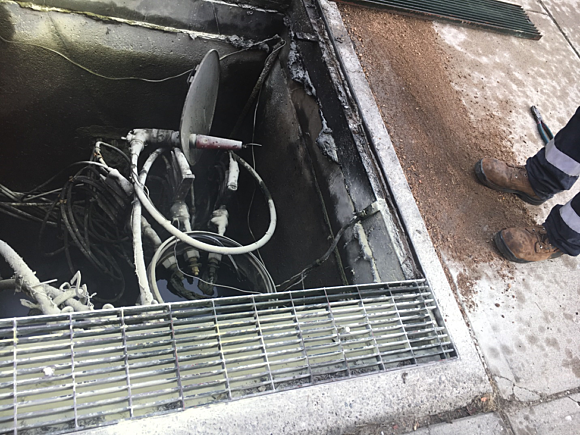
Transformers are some of the most reliable components on the electrical grid, but failures do occur and when they do, it is often catastrophic with collateral damage to transmission and distribution (T&D) systems potentially resulting in large-area blackouts for consumers. Such failures may occur as a result of fabrication issues, degradation, moisture ingress, sabotage/mischief, rodent intrusion, and inadequate maintenance.
Drawing on over 100 years of power system equipment knowledge and experience, our multi-disciplinary teams, supported by our extensive laboratory and testing facilities, allow us to identify the root cause of transformer failures.
Our comprehensive forensic services include site investigation and laboratory testing and then our formal problem-solving analysis techniques enable us to provide reliable root cause analysis.
Why Our Transformer Failure Analysis?
-
Complete and Timely, Site Investigations
We are always ready to mobilize to the site to perform diagnostic and specialized tests including Sweep Frequency Response Analysis (SFRA), dielectric spectroscopy, and partial and discharge measurements as the first step in a forensic analysis.
-
Trusted, Experienced and Independent Team
As an independent third-party organization, with a detailed knowledge of transformer design, construction, testing, and operation we can provide you with quality results and act as subject matter experts and expert witnesses in legal matters if required.
-
Big or Small We Know Them all
We have experience in failure analysis of all types of transformers from small instrument transformers to large, high-voltage power transformers.
-
Timely and Secure
Keeping everything in-house enables us to carry out a complete evaluation in a timely manner while ensuring that your data is kept safe and secure.
Our Transformer Failure Analysis Technical Abilities
Root-Cause Failure Analysis
We use a formal quality assurance (QA) framework, including inspection and test plans, Kepner-Tregoe problem-solving analysis techniques, and other fault-finding cause-and-effect tools to guide the course of the investigation. Some techniques we employ include:
- Brainstorming for Potential Causes
- Ishikawa Chart (Fishbone diagram)
- Pareto Analysis (Vital Few, Trivial Many)
- The “5 Whys”
- Kepner Tregoe ("Is/Is not")
- Flow Charts / Process Mapping
- Cause & Effect Tree Diagram
- Fault Tree Analysis
- Failure Mode & Effects Analysis
- Hypothesis & Observation Chart
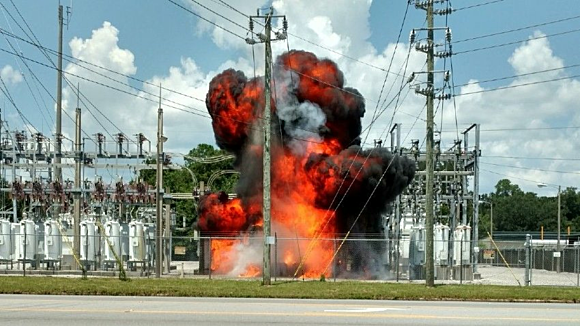
Failure Simulation Laboratories
Our high-current and high-voltage laboratories, equipped with an environmental chamber, are designed to simulate real-world failure conditions. This allows us to accurately assess how environmental and electrical stresses contribute to equipment failures.
We can simulate:
- Temperatures and moisture (i.e., rain, fog, ice) in combination with electrical stress to validate environmental factors that may have contributed to a failure.
- High temperatures to evaluate the degradation of insulating material properties.
- Low temperatures to assess how cold-induced mechanical strain may affect equipment performance.
- Mist exposure on insulating surfaces to investigate potential for electrical tracking and insulation breakdown.
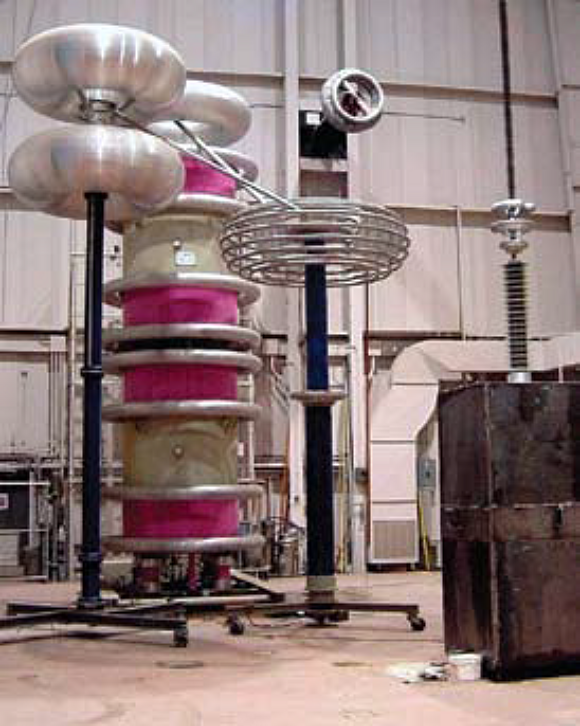
Our Proven Experience
Quality Assurance & Technical Standards
- IEEE C57.125-2015 (2015)
- IEEE Guide for Failure Investigation, Documentation, Analysis, and Reporting for Power Transformers and Shunt Reactors
- ISO 9001
- Quality Management System








